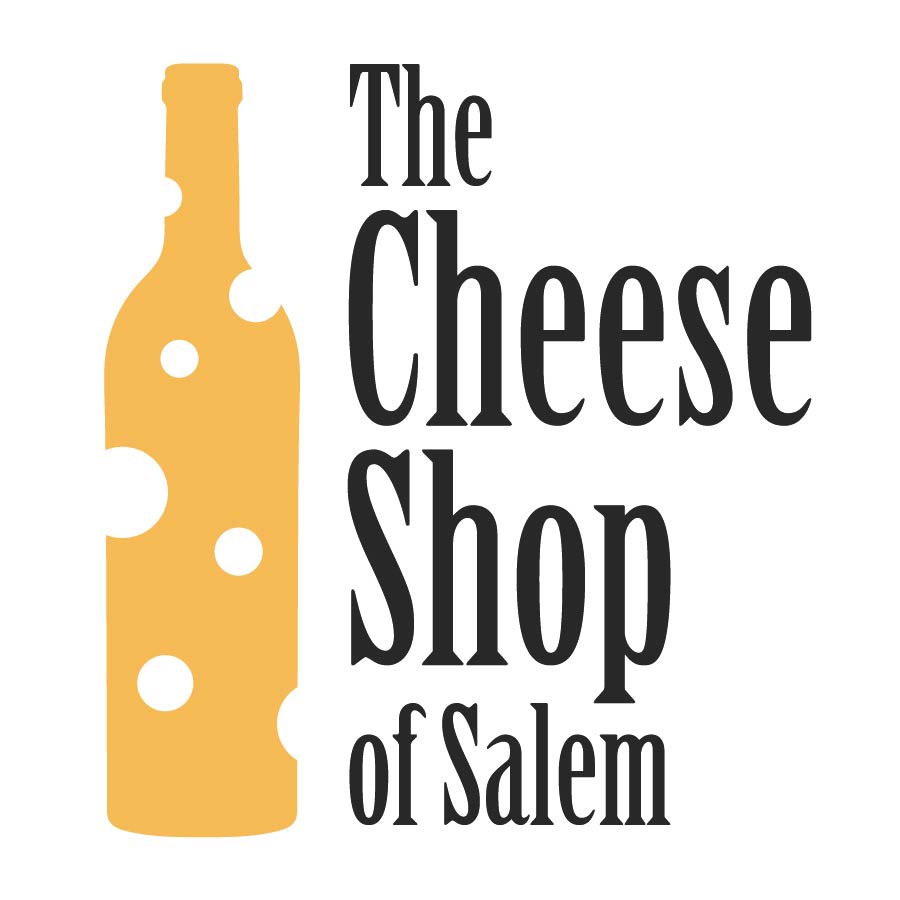Summer Solstice, Italian Style
Free tasting | Friday, June 21, 2019 | 5-7PM
La Luna!
Happy Summer Solstice! The Solstice is a great opportunity to explore (and drink!) biodynamic wine. Biodynamic agriculture, or biodynamics, is an organic farming system used by many farmers and winemakers throughout the world. The term ‘biodynamic’ derives from the Greek ‘bios’ (life) and ‘dynamis’ (force); the ‘lifeforce’ behind biodynamics is the systematized approach to creating and preserving life through the integration of science and spirituality. Biodynamic agriculture works in relation to the patterns of the moon’s movements and the planets of our solar system. In biodynamic winemaking, vines are cared for and harvested according to the lunar calendar, which in turn strengthens the growth and quality of the vines, and thus betters the taste of your wine in the glass! This Friday, Gemma, owner of Giannoni Selections (an all Italian wine importing company) is visiting with a bagful of biodynamic Italian wine and will be here to explain more about what biodynamics is and why it’s so important (and why we dig it) when it comes to winemaking.
Austrian philosopher Rudolf Steiner (27 (or 25) February 1861 – 30 March 1925)
Biodynamic agriculture is based on the anthroposophical teachings of Rudolf Steiner, specifically on the Schloss Koberwitz lectures given by him in 1924 in Germany. Steiner taught that in order for plants and food to thrive in the natural world, spirituality and nature must become one entity, an approach termed monism. He believed that the introduction of chemical farming was a major problem to society and was thoroughly convinced that the quality of food was being compromised by artificial fertilizers and pesticides. (We hear ya, Rudy!!) When it comes to wine and biodynamics, it’s important to know that biodynamic wine is always organic (but not all organic wine is biodynamic). A biodynamic vineyard works the same as an organic farm and uses no pesticides nor herbicides, but there are various agricultural methods which are unique to biodynamic farming including farming according to the lunar calendar and compost and soil preparations.
At the shop we believe in selling and promoting biodynamic, organic and natural wines whenever possible. We believe it's not only important to support biodynamic farms, but when food and wine are produced with more natural methods, the taste in the glass is enhanced and your overall experience heightened.
2018 Castello di Tassarolo, Spinola Frizzante
Who: Massimiliana ‘Max’ Spinola and her husband Henry Finzi-Constantin
What: Cortese di Gavi
Where: Piedmont, Italy
How: This frizzante went through fermentation in stainless steel tanks.
Farming Method: Biodynamic
Fun Fact: The Spinola family has lived on this same property in Piedmont since the 14th century! Wowza!
What It Tastes Like: Light friendly bubbles with notes of orange blossom and Camomille. Why have tea when you can have wine!?
2018 Casebianche ‘Il Fric’ Rosato
Who: Elisabetta Luorio
What: Aglianico
Where: Campania, Italy
How: The Aglianico grapes had a 6-hour skin maceration, hence that beautiful color! No sulfites added.
Farming Method: They run the spectrum of organic to biodynamic methods.
Fun Fact: Casebianche is only 10 minutes away from Hera’s Temple is Paestum that was built in 460-450 BC.
What It Tastes Like: Energetic and lively with notes of watermelon and raspberry. It’s the perfect push to give you the strength to win that volleyball game on the beach.
2018 Crealto ‘Mutabilis’ Rosato
Who: Eleonora and Luigi Costa
What: A blend of Nebbiolo and Barbera
Where: Piedmont, Italy
How: Brief skin contact!
Farming Method: Biodynamic
Fun Fact: Eleonora and Luigi’s winery’s name Crealto comes from ‘crè’ which means ‘chalk’ in French and Piemontese.
What It Tastes Like: Smooth and tantalizing with full-bodied notes of roses and strawberries.
2015 Crealto ‘La Pionda’ Nebbiolo
Who: Eleonora and Luigi Costa
What: Nebbiolo
Where: Piedmont, Italy
How: These grapes underwent a 20-day maceration before aging in used barrique for at least a year.
Farming Method: Biodynamic
Fun Fact: The earliest written document that mentions Nebbiolo dates all the way back to 1266!!
What It Tastes Like: Mmmmmm….tannin city and a bit of cherry and tobacco. If you can’t get to Italy this week, this is the next best thing.
2017 Crivelli ‘Collina La Mora’ Barbera D’Asti
Who: Marco Crivelli
What: Barbera
Where: Piedmont, Italy
How: All stainless steel
Farming Method: Marco uses organic based practices.
Fun Fact: Piedmont is the largest wine region on Italy’s mainland.
What It Tastes Like: Silky cherry and red currant notes.








